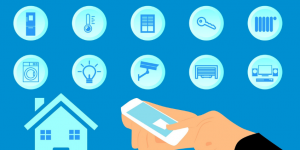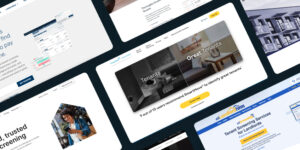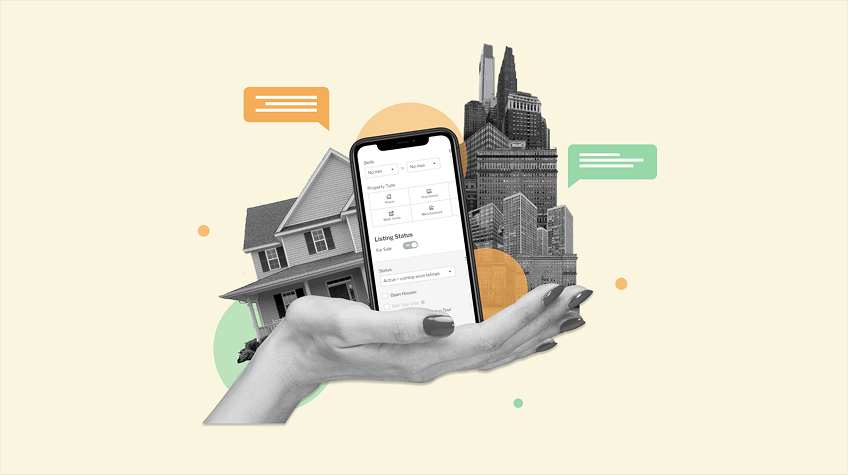
Development of a real estate app requires time, strategy, and an appropriate tech team. The overall time taken to create a property listing app, such as Zillow or a rental app like Airbnb, typically depends on the number of features, the complexity of the design work, and the quality of testing.
Real estate applications have turned into useful assets to buyers, renters, and agents. It takes only a couple of taps to find houses, compare the prices, look at the listings, and even book a tour of the property. Now the question is, how long will it take to create such an app? It depends on a variety of factors, including the complexity of an app, the size of the team to work on the project, the features that are needed, and also on the platform (iOS, Android, or both).
Normally, it will take between 3 to 6 months to develop a basic real estate app. However, a feature-filled or business app may demand 6 to 12 months or above. This blog will explain to you the stages of app development in a chronological order and what is involved in each stage.
Overview of the Timeline for a Real Estate App
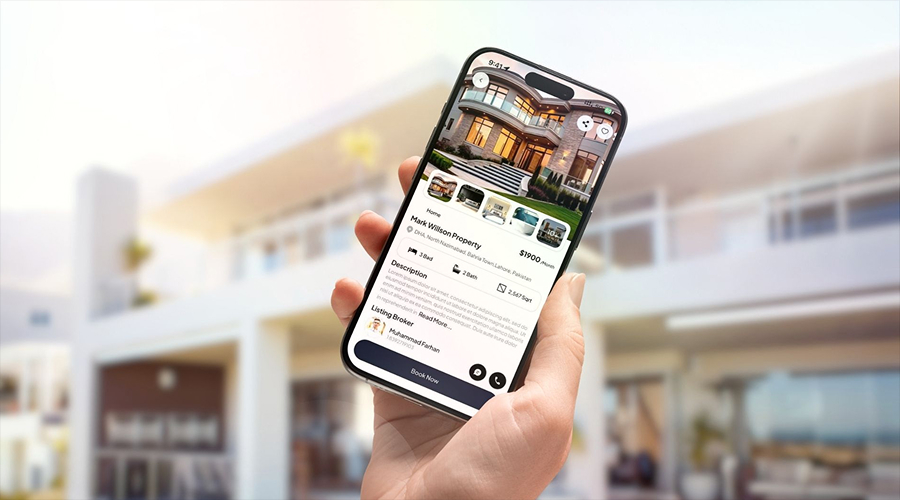
| Development Stage | Time Estimate |
|---|---|
| App Type & Goal Setting | 1 week |
| Market Research & Planning | 1 – 2 weeks |
| Feature Planning | 1 week |
| UI/UX Design | 3–4 weeks |
| Backend Development | 4–8 weeks |
| Frontend Development | 4–6 weeks |
| API Integrations | 2–3 weeks |
| Testing & QA | 2–4 weeks |
| Launch & Deployment | 1 week |
| Post-Launch Maintenance | Ongoing |
Timeline for the Real Estate App Development Stages
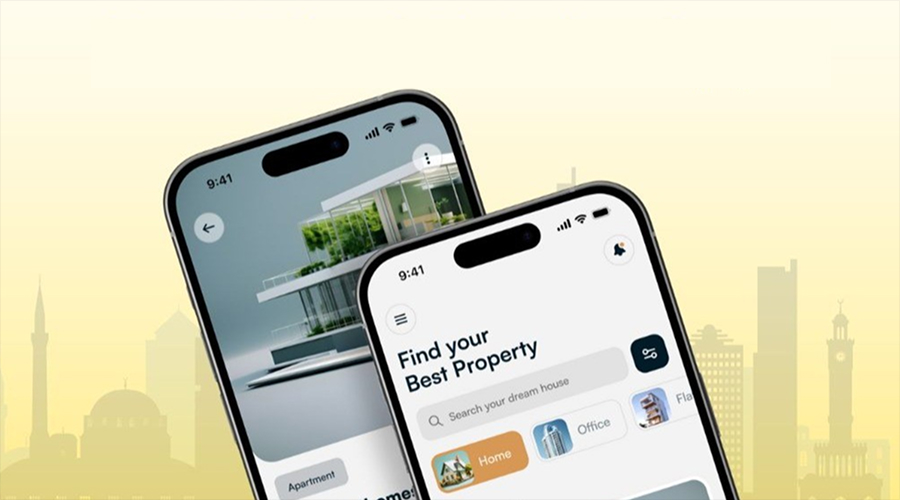
1. Understanding Your Real Estate App Type
- Time: 1 Week
Creating a real estate app starts with planning its purpose and selecting the target audience. You can either build a property market platform, a rental booking app, an agents’ collaboration tool, or an investment tracking app. All categories are different in terms of their features and needs. For example, a buying or selling app is going to be specialized in searching for property and its characteristics, and a rental app might require integration with the bookings and payments. It is a good idea to spend one week defining the type of app to establish the development goals, prioritise features, and not be confused in the end.
Spend one week defining the type of app to establish development goals, prioritize features, and avoid confusion later. An experienced app development company can help you align these goals with your target market.
2. Market Research and Planning
- Time: 1–2 weeks
Market research and planning will help you make sure that your real estate app fits actual user needs and can stand out from the competition. Throughout this step, you research available applications, the advantages and shortcomings, and research on the prevailing trends in the market. This is when you determine how you carry out your business, whether in the form of advertisements, a premium on listings, or subscription plans. Instead of spending time and money on designing, a well-researched plan means that your team will be able to grasp the idea and the way forward.
3. Defining Features and Functionality
- Time: 1 week
When your research is done, you get to figure out what the main features and functionality your real estate application should include. This is where you compile the list of what your app needs to do to satisfy the user’s needs. The functions should include a search of properties, a level of search filtration, map layout features, use of image galleries, user profiles, and chat possibilities. Developing a clear list of features enables the development and design team to get acquainted with the scope of the project and prepare for how to approach it.
4. UI/UX Design
- Time: 3–4 weeks
The UI/UX design process involves the design of an intuitive, clean, and user-friendly interface for your real estate app. Designers develop wireframes as a kind of scheme for each screen, and then they add the detailed representations of colors, fonts, and layout. The idea is to have easy navigation, and users shall be able to search, view, and interact with property listings without getting confused. A good design enables user satisfaction, which increases app retention. The process commonly takes 3-4 weeks, but it depends on how complex the app is and how many screens it has.
5. Backend Development
- Time: 4–8 weeks
Backend development is where the whole functionality of your real estate app takes place in the background. It takes the construction of servers, databases, and APIs to handle user data, listing of properties, pictures, chat platforms, and booking requests. This section will guarantee that your application is capable of storing and accessing data fast and safely. Experts also develop an administration panel to work with listings and users.
6. Frontend Development
- Time: 4–6 weeks
Frontend development concentrates on the development of the visible aspect of the app that users use. Programmers use programming frameworks to bring the UI/UX designs to working screens and integrate them into the backend to get updated information in real-time. This involves visualizing property listings, maps, search results, and profiles of users, among others. Fast loading, ease of navigation, and reactivity are important objectives.
7. Integrations and APIs
- Time: 2–3 weeks
You can use third-party services and APIs to introduce potent features to your real estate app without starting from scratch. These are integrated measurement tools such as Google Maps that show the location, payment gateways such as Stripe or Razorpay, chats, and push notifications. APIs also allow a Google or Facebook-based login and support external property sources of data. The effective integration will make processes smooth and save development time.
8. Testing and Quality Assurance
- Time: 2–4 weeks
Quality assurance and testing will be applied to make sure that your real estate app will be running seamlessly on every device and in every application scenario. In this phase, each of the features, such as search, filters, logins, and chat, is checked to ensure there are no bugs or other performance problems. The testers also check the usability, loading time, and data protection. Use both manual tests and automated tests to identify the errors before the launch.
9. Launch and Deployment
- Time: 1 week
The launch and deployment stage is the stage when your real estate app becomes available to users. The last, tested intensive version, is uploaded to application stores such as Google Play and Apple App Store. This follows making app descriptions, uploading screenshots, and creating categories and keywords. Depending on the platform, the process of reviewing apps can last several days. Once it passes, your application goes to the market.
10. Post-Launch Updates and Maintenance
- Time: Ongoing
Once your real estate app is launched, you will have to carry out regular updates and maintenance to ensure it functions well and meets the expectations of the users using it. This involves bug fixing, performance optimization, third-party API version updates, as well as adding new features based on user feedback. You will also have to make it work with the latest Android and iOS. Analytics support allows monitoring the behavior of the users and finding problems in the early stages.
There is continuous maintenance that will need about 10 to 20 hours per month, depending on the complexity of the app. Many platforms now also integrate a virtual real estate assistant to automate client interactions, schedule property tours, and respond to listing inquiries — enhancing user engagement and reducing manual workload for agents.
Factors That Affect Development Time
- Number of Platforms: The development for iOS and Android individually is longer than the development with cross-platform tools.
- Team Size and Experience: A large and experienced team can move faster.
- Custom Design: Animations and UI that are more detailed consume more design time.
- Feature Complexity: Additional functions such as personalized property recommendations powered by AI or even AR tours can extend the duration by many weeks.
- Third-party APIs: Non-stable or poorly documented APIs may stall integration.
Tips to Speed Up the Process
- Begin with MV(Minimum Viable Product) and develop features later.
- Where available, use ready-made APIs and tools.
- Choose a cross-platform framework (Flutter or React Native).
- Bring in a full-service development team that has experience in real estate.
- Make the communication simple and regular.
Conclusion
Building a real estate app is a process that takes up to 3 – 6 months to build a basic one and a year or more to produce a feature-rich app. You should divide the process into distinct stages, like planning and design, to development and testing, so that you can impose realistic due dates with minimal procrastination. An effective development plan, a competent team, and an intelligent design will make your real estate app a star in a tight market.


